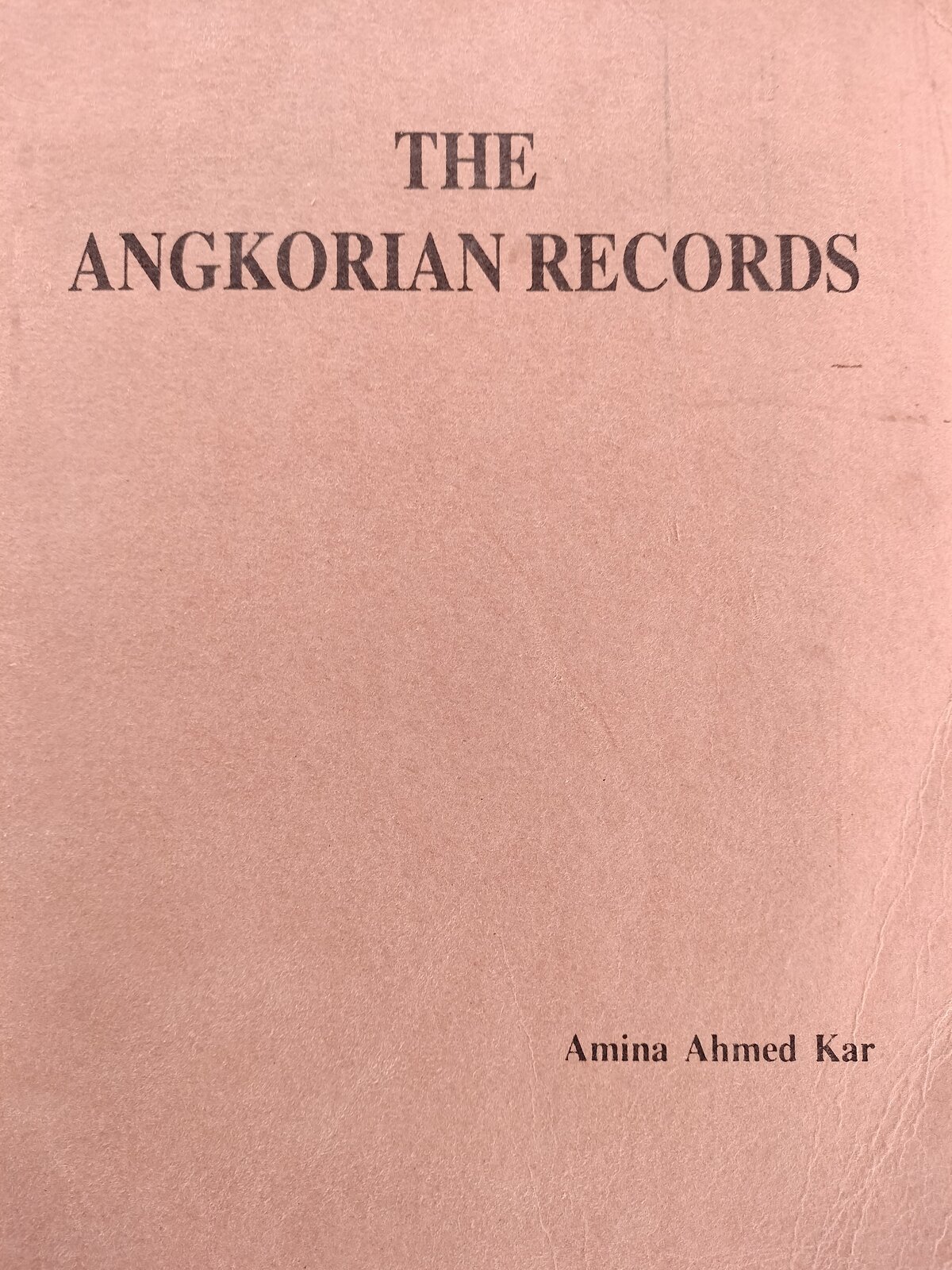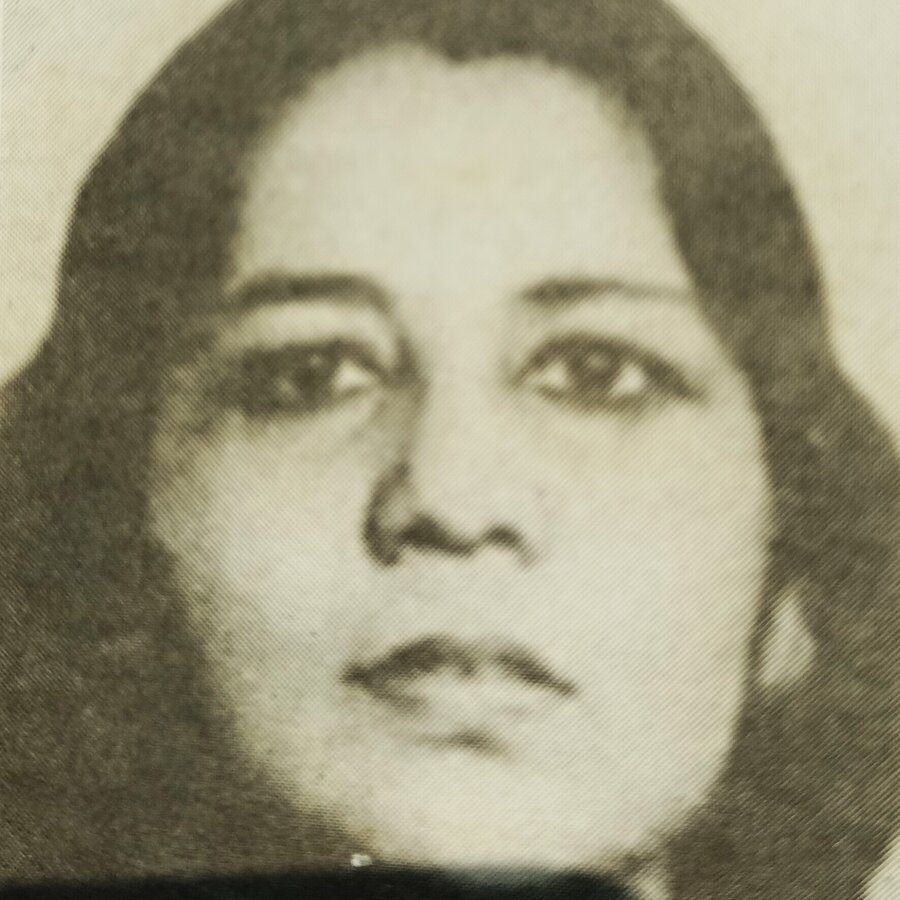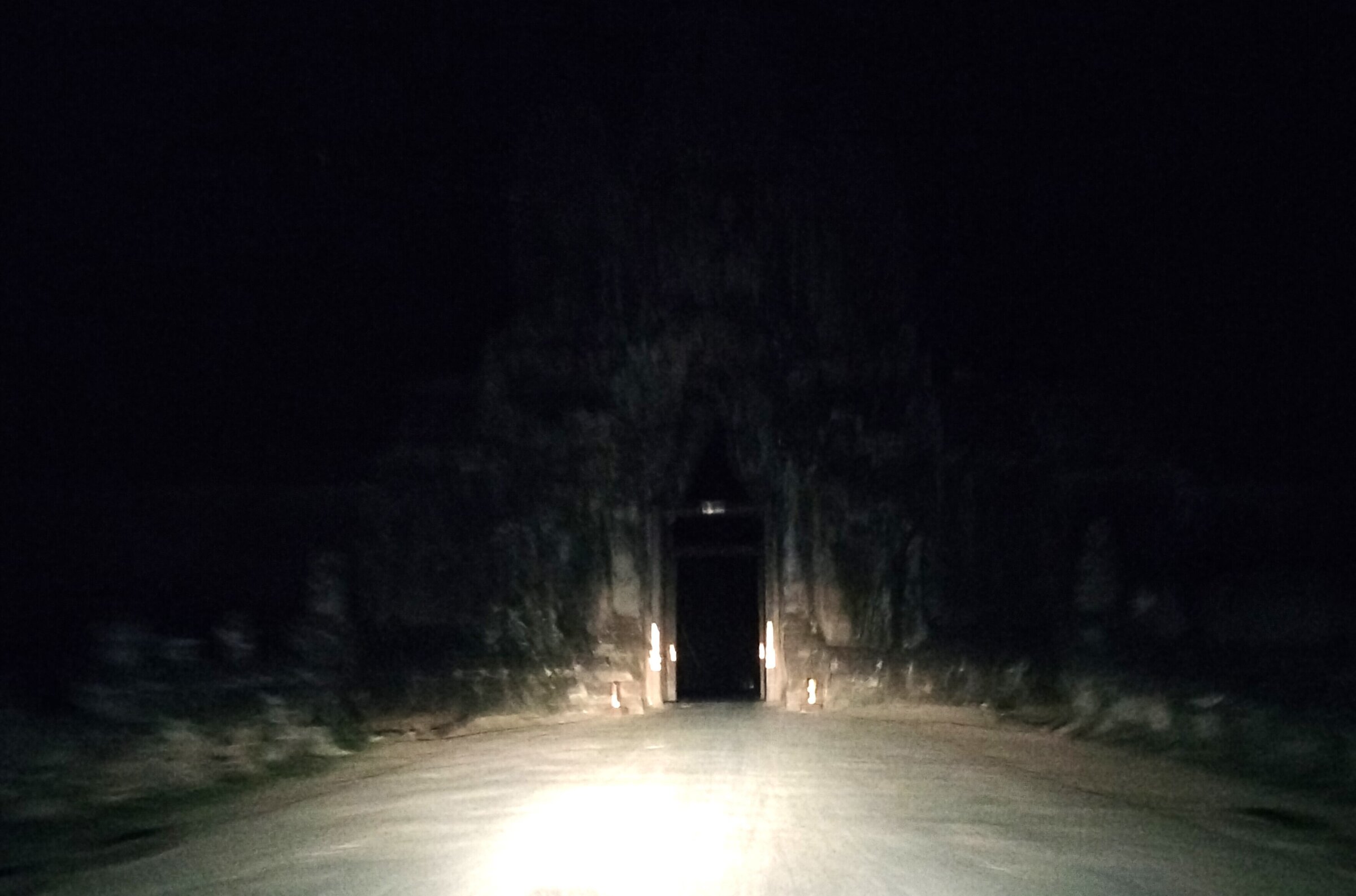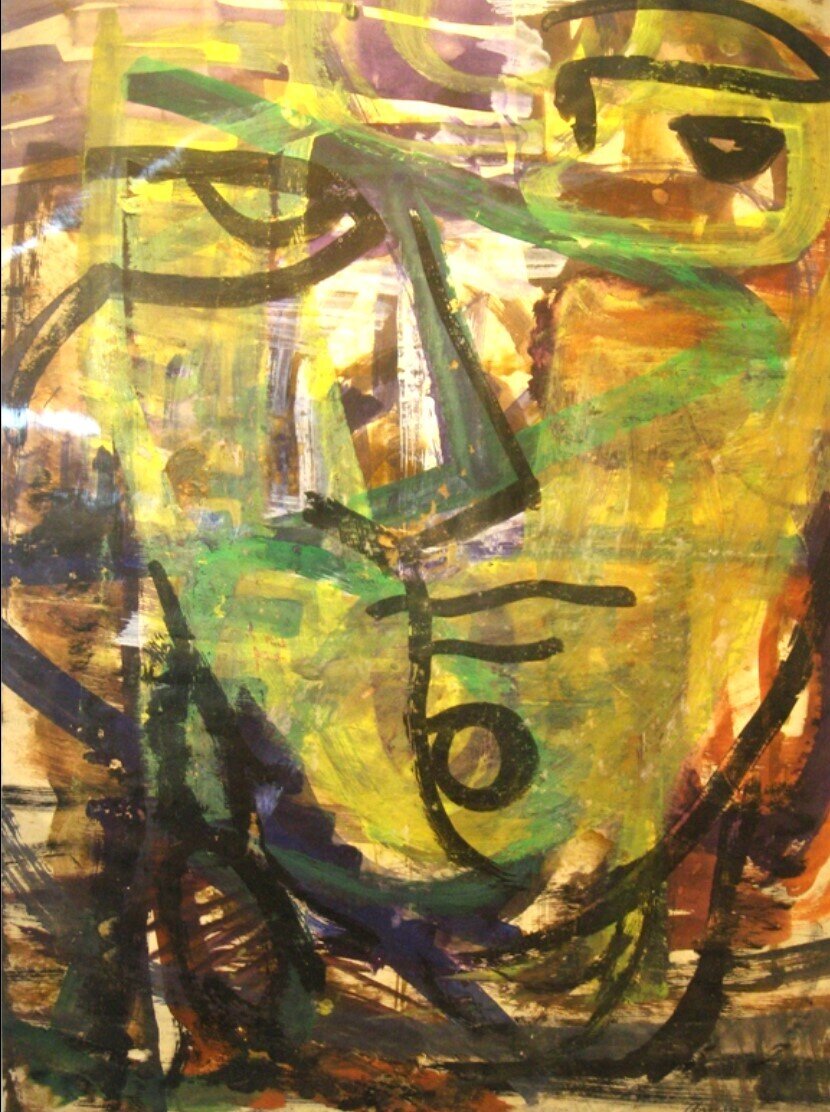The Angkorian Records
by Amina Ahmed Kar
Poetry, mysticism and eschatology in the Khmer inscriptions of the Angkorean period, in this inspired essay written by an Indian woman artist.

- Format
- paperback
- Publisher
- Bhaskar Bavan and Administration Trust, Calcutta (now Kolkata)
- Edition
- 2nd edition, 2002, with an Introduction by B.N. Mukherjee.
- Published
- 1977
- Author
- Amina Ahmed Kar
- Pages
- 287
- Languages
- English, Sanskrit, Old Khmer
The authoress, a Bengali female visual artist, was studying Khmer art and civilization at Paris Ecole du Louvrewhen she came up with the idea of exploring the corpus of Angkor inscriptions in the light of Indian and Iranian ancient iconography and poetry.
While dedicated “to the scholars past and present of the EFEO”, this profound essay reflects an intimacy with Ancient India aesthetics and cosmology that Western scholars, however talented and dedicated they were, could not dream of ever attaining. The intellectual mentors are dutifully acknowledged — “the scholars past and present of the Ecole Francalse d’ Extreme Orient; scholars In Central Asian and Iranian Studies, particularly Dr. H. W. Bailey; the professors of the Ecole du Louvre, — the late Prof P. Stern and Melle. J. Auboyer; M. J. Boisselier and other professors of the lnstitut d’Art et d’Archéologie de Paris; M. 0. Lacombe, Dlrecleur d’Etudes at the Hautes Eludes
{Section Sciences Religieuses}, of the Sorbonne” – , and yet for the very first pages the authoress takes us to some unchartered territory, resonant with old literary traditions and unexpected analogies.
This novel reading of Khmer inscriptions recovered and classified by French Khmerologists (in particular George Coedès) is structured in three major parts: 1) The Theme of the Great War 2) The Royal Epiphanies in the Great War 3) The Concept of the External Soul in Kavya Tradition. [‘Kavya’ meaning poetic composition in Sanskrit and other Indic languages characterized by decorative elaboration.]
Saivism is particularly pregnant in this revisitation of Khmer inscriptions. One instance,about IC IV: “ ‘The Videdhat (or Videadhad), ‘Law against the Demons’, is, not unexpectedly, brought Into analogy with ‘fire’ thats stands for the knowledge and discrimination that destroys Darkness (and the evil beings who are it’s representatives). An early (9th century) text describes the Saiva priest, {who seems to have been initiated by one Sankara kavi), as always attached to the laws of the Vidhadat {ror Videdhat); the light of the halo rising from his head, shlning like “the flame of Wisdom that destroys the darkness (that lives in) the inner recesses of the soul.”
If her inspired quest for Iranian (and even Zoroastrian) influences on Angkorian culture have been often criticized as excessive, the authoress brings in a trove of innovative notations on etymology and cultural references, amongst them:
- “The name and the functions of the group called Baku, who were charged with the priestly office at the royal court in local tradition, suggests anologies with the institution of the Bakanapati current in the Kushan period . As Bailey has shown (BSOAS XIV. (1962).p. 420), the title stood for a priestly office in charge of the royal ‘Devakula’. “[)e,‘llk1.il1’. The term occurs in three Mathura inscriptions (Konow. Ep. Ind. XXL(1930),p.SS). lt is according to Bailey, a term of lranian origin. deriving from ‘Bagan’ or ‘Bakan’. Gray refers to the term ‘Bagayada’ (God-worship) and its synonym ‘Bayan’; as well as the Sogdian ‘Bayakan’. The most telling evidence that argues in favour of Iranian connections are the series of names in the vernacular: Phnom Bakhen, Bayan, Phnom Bakhan. Bayan.”
- “The Flowing Flood of Fire that turns into a cool stream of milk for the just is described in the Denkart, and the Bundnahisn […]; Had this eschatology been at one time shared by the Indians and the Iranians, Dumezil puts the question in an interesting passage in Mythe et épopée, pps. 223 – 227.”
- The use of the term ‘Ha’ […] sanctions the identification of the ‘Gauraguru’ (whose ‘words’ are taught) with ‘Spitama’, ‘The White One”. Kavyya tradition standing evidence all throughout to a studied process, clearly aimed at recalling the essential unity of thought that had obtained and continued to obtain between East and West Asian religious traditions. Metaphysical speculations peculiar to Iran and India being brought together […]within the general background of a syncretistic culture, doctrinal ideas developed round the phenomena of sound as a mediumof spiritual realisation.”
Tags: epigraphy, Sanskrit, Sanskrit studies, art history, Khmer inscriptions, Indian artists, Iranian influences, philology, Queens & Kings of Cambodia, Buddhism, fire worship, linguistics, syncretism, Indian scholars, Indian influences, poetry
About the Author

Amina Ahmed Kar
Amina Ahmed Kar আমিনা আহমেদ কর (20 Feb 1930, Calcutta, British India ‑21 Jan 1994, Calcutta (now Kolkata), India) was a talented art historian and one of the first women abstract artists in India.
The daughter of a famous dentist surgeon and Bengali politician, she was a precocious and brilliant student while starting to paint at a young age.
In 1949, she went to Paris to study art history and Sanskrit philology with the greatest names in then French Orientalist circles — Philippe Stern, George Coedès, J. Auboyer, H.W. Bailey…In the bohemian circles of Indian expats, she met her future husband, Sri Chintamoni Kar, a respected visual artist.
While exhibiting her artworks with great success in Delhi and Paris (and at the Indian Pavilion at New York World Fair in 1961), she pursued her own research in Khmerology, culminating with the publication of The Angkorian Records in 1977.
Moving away from European influences (she had the Dutch painter Cesar D as a mentor in Paris), she embraced radical abstraction, mono- or achromatism, and lead an always more secluded life, with mental health issues that plagued her until her death at age 65.
In May 2001, Gallery 88 in Kolkata held an exhibition of 54 artworks by Amina Ahmed Kar, found in old notebooks by her widow and fellow painter Chintamani Kar after her passing away.



